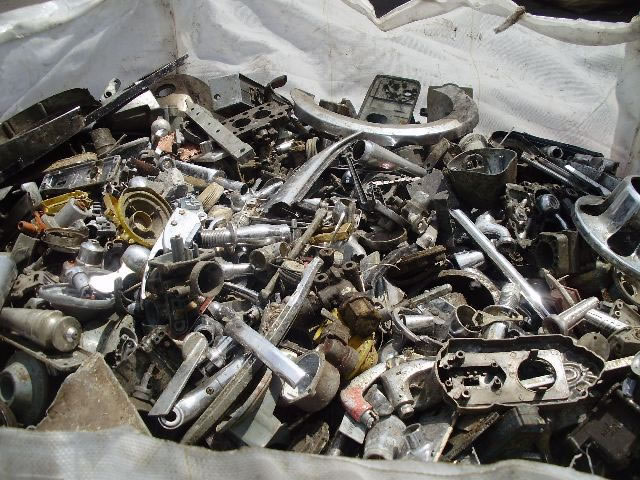
Understanding Die Casting: The Process, Applications, and Advantages
Die casting is a widely used manufacturing process known for its efficiency and versatility in producing complex metal components. It involves forcing molten metal into a mold cavity under high pressure, resulting in precise and intricate shapes. This article explores the fundamentals of die casting, its applications across various industries, and the advantages it offers.
The die casting process begins with the preparation of the mold, typically made from steel, which is precisely machined to form the desired shape of the final product. Once the mold is ready, it is clamped tightly together, and molten metal, often aluminum or zinc alloys, is injected into the cavity at high pressure. This pressure ensures that the molten metal fills the entire mold cavity, resulting in detailed and accurate parts. After the metal solidifies, the mold is opened, and the newly formed part is ejected, ready for further processing or assembly.
One of the key advantages of die casting is its ability to produce complex shapes with high precision and consistency. The tight tolerances achievable with die casting make it ideal for applications where intricate designs or tight dimensional requirements are necessary. Additionally, die casting offers excellent surface finishes, reducing the need for additional finishing operations such as machining or polishing. This not only saves time and resources but also ensures a high-quality final product.

Die casting finds widespread applications across various industries, including automotive, aerospace, electronics, and consumer goods. In the automotive sector, aluminum die casting Malaysia components are commonly used in engine parts, transmission housings, and structural components due to their strength, durability, and lightweight properties. In the electronics industry, die casting is employed to produce intricate housing and heat sinks for electronic devices, providing efficient thermal management and protection for sensitive components.
Another significant advantage of die casting is its cost-effectiveness, particularly for large production runs. The high-speed production capabilities of die casting allow for rapid manufacturing cycles, resulting in lower per-part costs compared to alternative methods such as machining or forging. Furthermore, the ability to integrate multiple features into a single die-cast part reduces the need for assembly and simplifies the overall production process, further driving down costs.
Environmental sustainability is also a notable aspect of die casting. The process generates minimal waste, as any excess material can be recycled and reused in subsequent production runs. Additionally, die casting consumes less energy compared to other metal-forming processes, contributing to lower carbon emissions and environmental impact. As industries increasingly prioritize sustainability and environmental stewardship, die casting emerges as a preferred manufacturing solution that aligns with these goals.
Leave a Reply